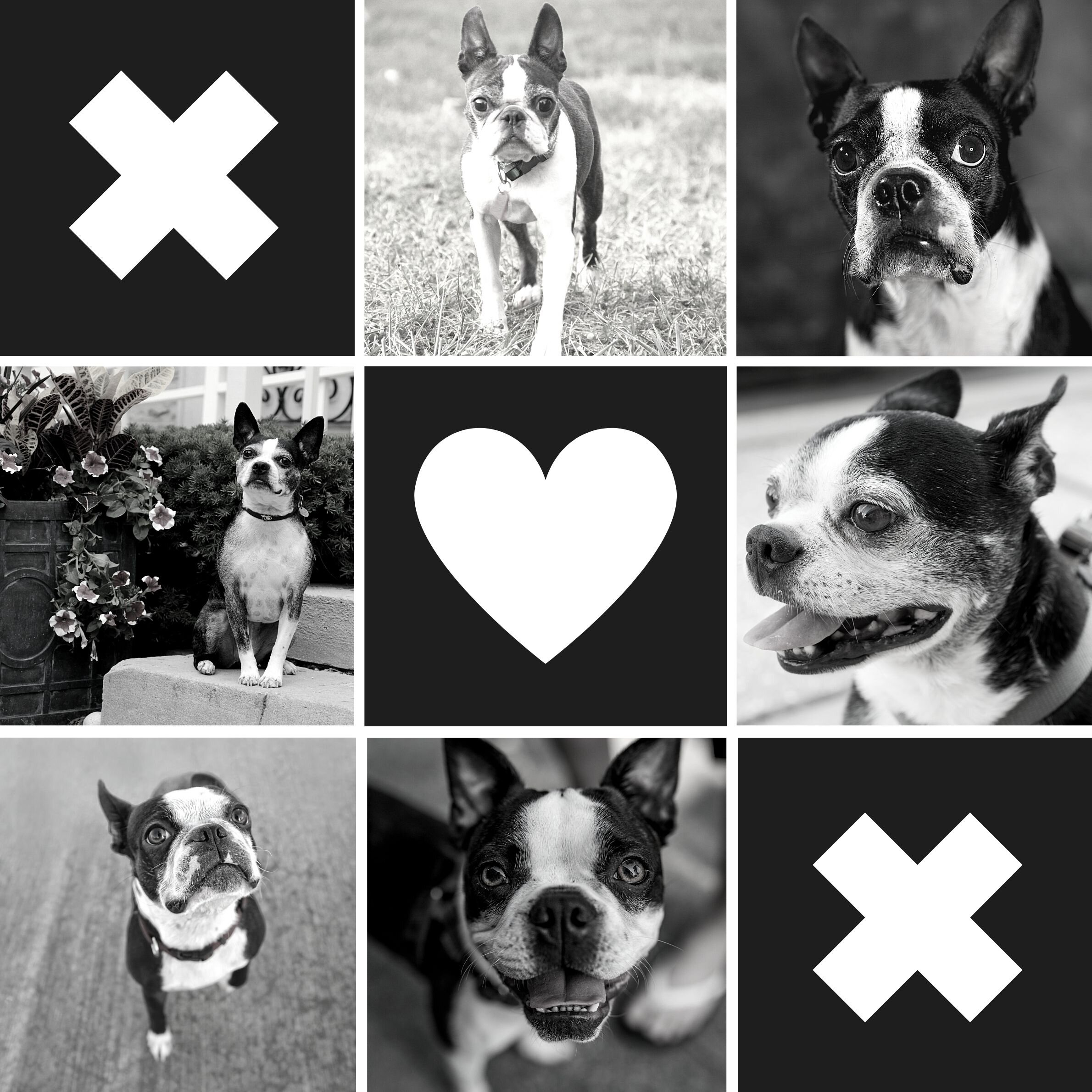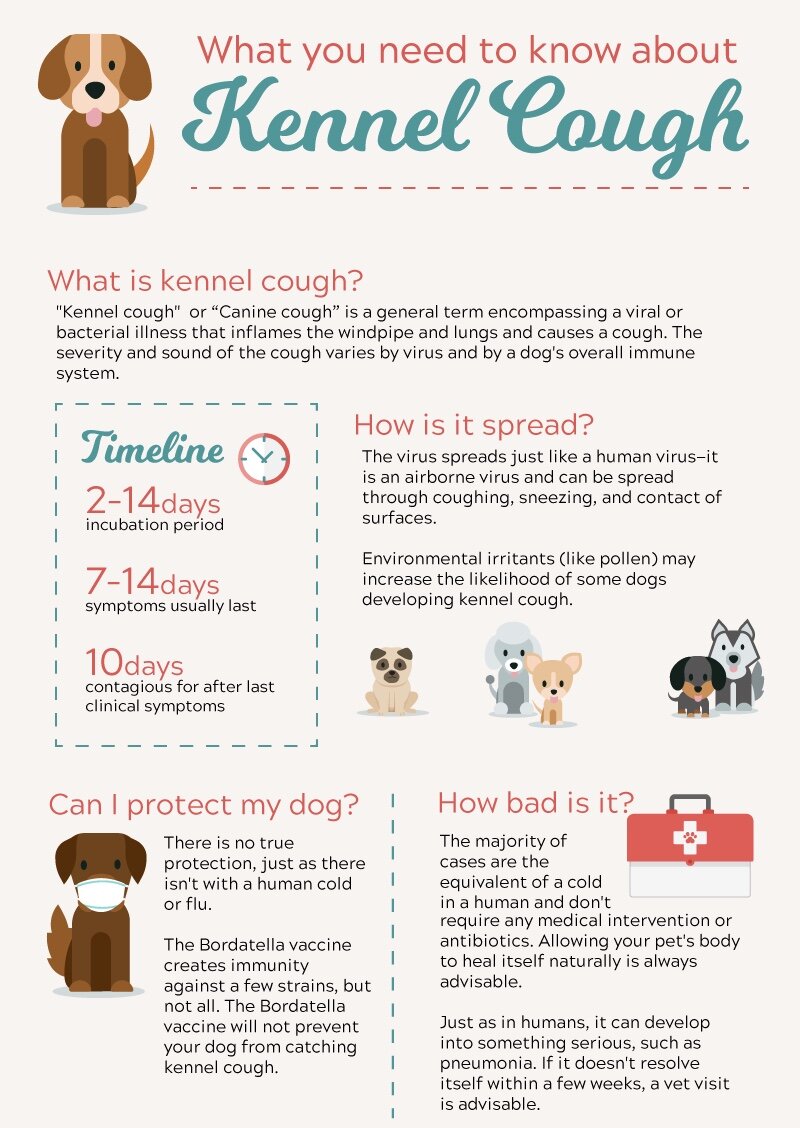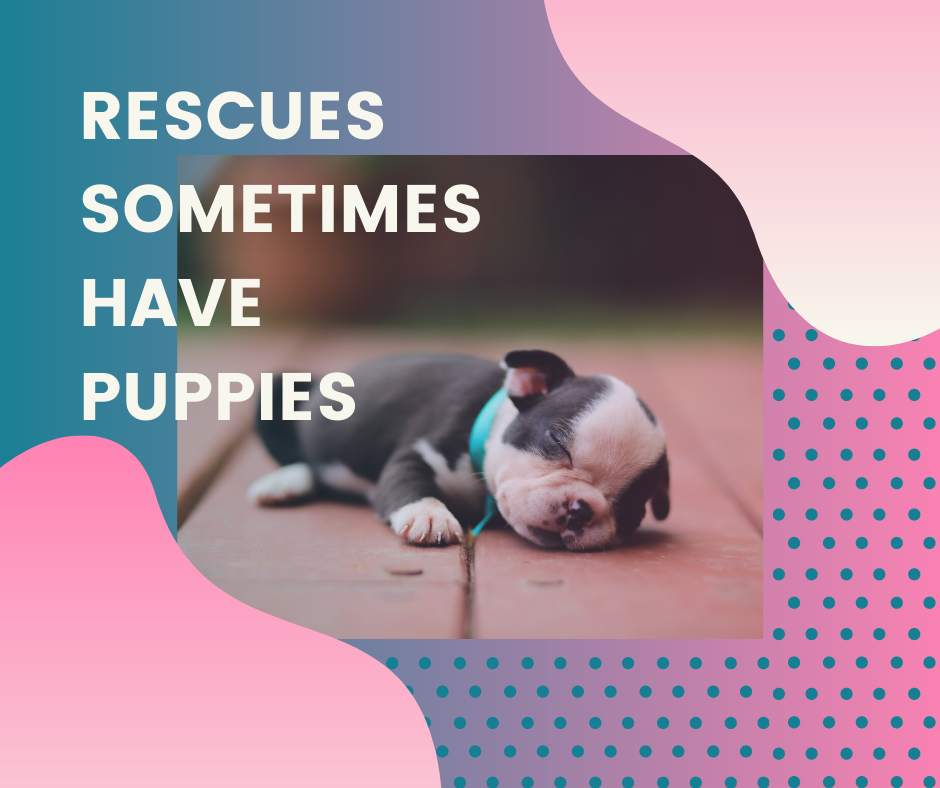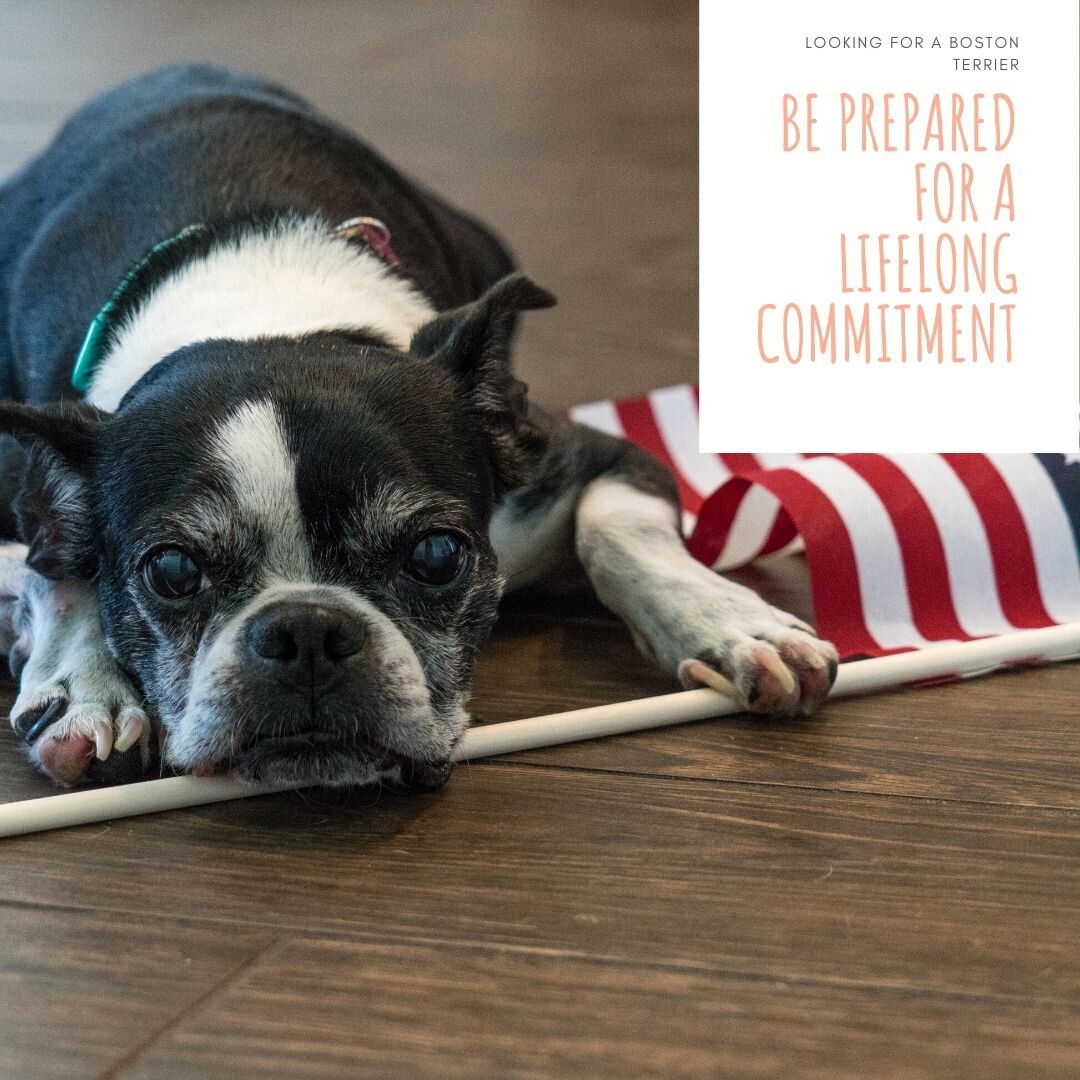Your dog is a member of the family. And just like any family member, your dog deserves a space of its own to run around, relax in the shade, or dig a hole. If you own a home with a backyard, renovating the space is the perfect solution to provide a space your dog won’t want to leave.
To help you get started, we reached out to dog experts from across North America, from Baltimore, MD to Penticton, BC to give us their best tips on how to create a dog-friendly backyard. From installing a porthole bubble in your fence to building a portable ramp to your porch, read on to see 11 backyard renovation tips you may not have thought of.
1) Try pet-safe plants
Pet-friendly landscaping goes beyond places to play and potty. Dogs’ brains thrive on smelling new things. So plant pet-safe plants like rosemary, thyme, and basil that you can also use in the kitchen. – Boston Terriers of Boston
Be responsible for the plants in your backyard. Some plants and fauna may be potentially harmful to animals, so ensure that your backyard is dog-safe before allowing your furkid to roam around. Remember to always keep an eye on what your dog interacts with when they are outside. – Pawjourr
2) Keep your landscaping dog friendly
Certain plants and flowers, like daffodils and hydrangeas, can be toxic to dogs and should not be planted in a place where they may be accidentally ingested. Keep your minds at ease and your yard dog-friendly by saying no to plants that are harmful to your furry friends. – Dogs of Charm City
3) Ensure there is a fence, water, and shade for your dog
A fenced-in dog-friendly yard creates a safe space and gives your dog room to run, sniff, and explore. Just as important is making sure your dog has fresh water (a small fountain is a blast to drink from and even play in) and lots of shade to relax under after all that physical and mental enrichment. – The Inner Dog
4) Install a porthole bubble for your dog
While we love turf in an outside space, a grassy lawn is fun for your pets too – especially one with equal parts sun and shade. The one item that stands out in a yard that is one of our favorite features is a porthole bubble. We installed one in the fence in our yard at home at a dog’s-eye level so she could peek out at the neighborhood and see what’s going on. – Good Dog, Inc.
5) Create an enrichment area in your dog-friendly yard
Make room in your dog-friendly yard for an enrichment area for your dog to do some scatter feeding, digging, and ‘find it’ games. Every dog needs a job and designing an adventure area for your furry friend means they don’t have to create their own jobs. Tallgrass plus bark and wood chippings are ideal. – Wolfgangs Way Dog Training
6) Build a secure fence to reduce barking
Fencing should not allow dogs to see through if you want to reduce barking. Securing under fences by using a couple of layers of pavers or by concreting under them should protect your yard from neighbors’ pets and should keep yours in. – Pets Training and Boarding
7) Install a dog door in the exterior wall of your backyard
Start by cutting a hole in the wall going through all layers and frame out the hole after installing the dog door so it looks nice from the inside. Then build or purchase a dog house large enough to cover the dog door with the back wall of the dog house, cut a hole in the back wall of the dog house, and slide the dog house against the dog door. No one can see the dog door from the outside. – Family Dog Club
8) Create a digging pit in your dog-friendly yard
Big holes and unseemly dirt piles are usually not what a homeowner thinks about as “yard perfection.”The best way to handle this and create a dog-friendly yard is by creating a digging pit. Having an area of your yard set aside as a special place for your dog to dig, and encouraging them to dig there by hiding delicious treats, is the gold star treatment to avoid a yard excavation mess. – Kristi Benson
9) Create a dog-friendly ramp to the back porch
One of the best things I’ve done for my dogs is to create a dog-friendly ramp leading up to the back porch. Not only is it helpful for senior dogs, but dogs of all ages may have injuries that would make stairs difficult or impossible. It is important that the ramp is not too steep and that the ramp is wide enough to accommodate wheels for your dog if he ever needs them. – Beth Patterson, Daily Dog Tag
10) Add a water feature to your backyard
We know dogs love grass, but water is often a close second. Consider adding a water feature to your dog-friendly backyard. Big or small, it will add, soothing sounds, and variety to your yard that your dog will enjoy for years to come. – Adeo Pets
11) Build a DIY potty spot for your dog
If you want your pup to potty in a particular area of your yard, you can create a DIY potty spot, like a gravel pit. To get them in the habit of pottying in that area, make sure to take them out to that spot on leash at first, and consistently reward them for going to the bathroom in that spot. – Urban Pawsibilities
Originally published on Redfin.com
















